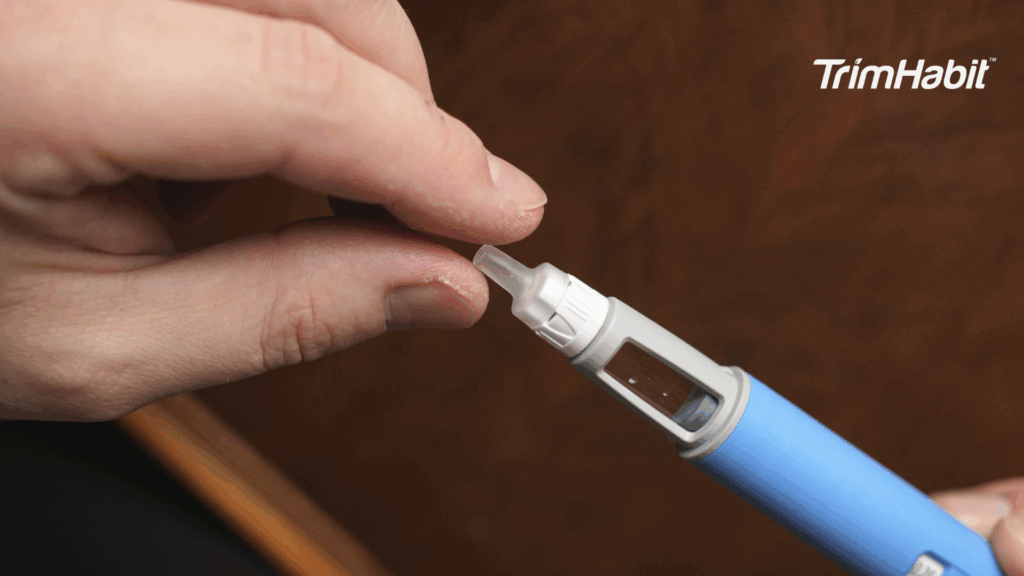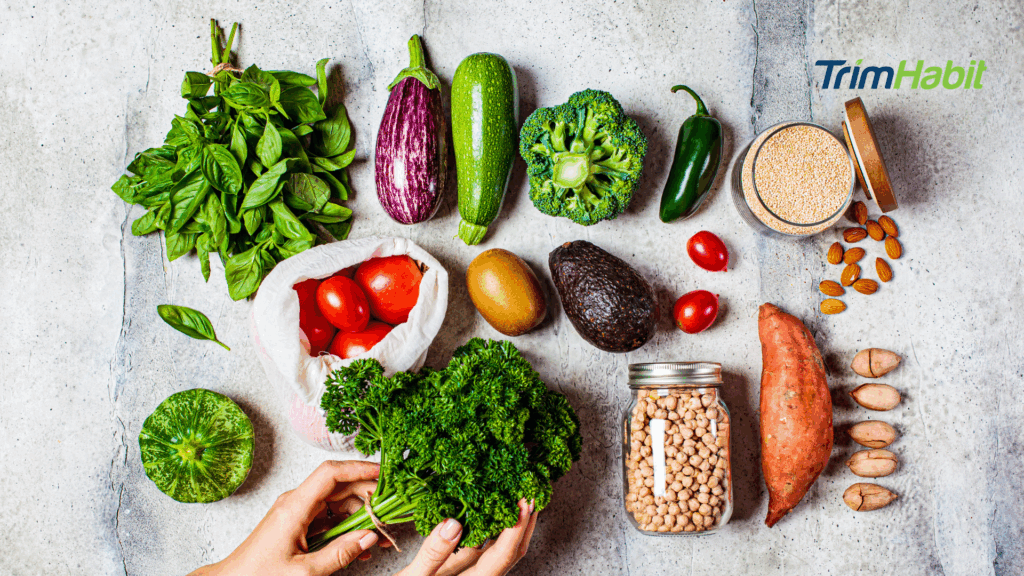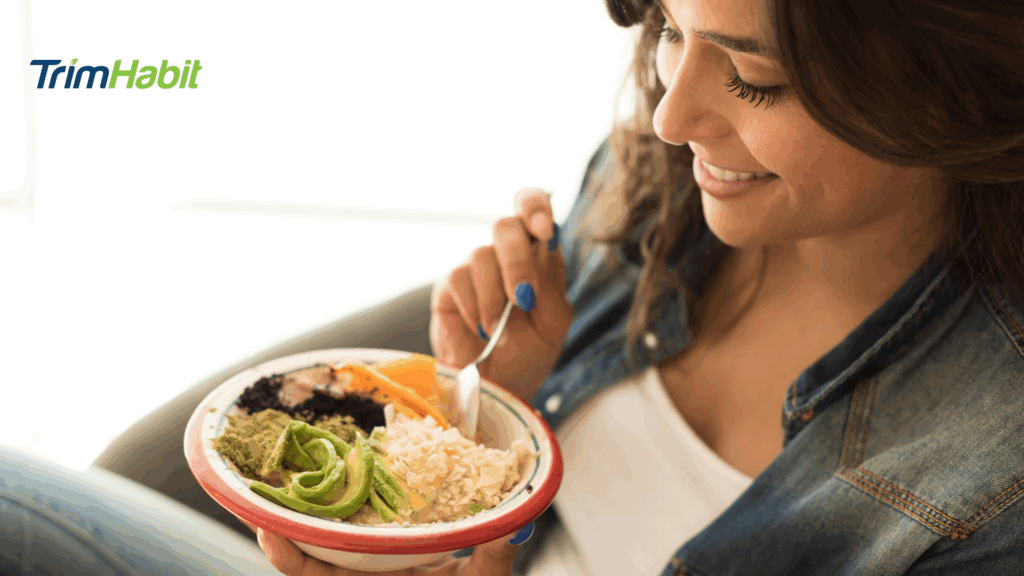Intermittent fasting has gained a lot of attention for its potential health benefits, including better metabolism, improved focus, and more stable energy. While meal timing is a big part of this eating style, what you eat during your eating windows matters just as much. One key nutrient that often gets overlooked is fiber, which is essential for health and a valuable addition to support your fasting routine.
This article explores the importance of fiber in your intermittent fasting meal plan and how it can make your intermittent fasting journey healthier and more sustainable.
What Is Fiber?
Fiber is a type of carbohydrate that the body cannot digest. Unlike other carbs broken down into sugar molecules, fiber passes through the digestive system relatively intact. It is primarily found in plant-based foods such as fruits, vegetables, whole grains, legumes, nuts, and seeds1
Types of Fiber
- Soluble Fiber
- Dissolves in water and forms a gel-like substance in the digestive system.
- Benefits: Helps lower cholesterol, regulate blood sugar, and improve gut health.
- Sources: Oats, beans, lentils, fruits (apples, citrus), flaxseeds, and psyllium husk.
- Insoluble Fiber
- Does not dissolve in water and adds bulk to stool, helping food pass through the digestive tract.
- Benefits: Prevents constipation and promotes regular bowel movements.
- Sources: Whole grains, vegetables, nuts, seeds, and wheat bran.
Why Is Fiber Important?
Fiber is a crucial part of a healthy diet because it supports various aspects of physical well-being, from digestion to heart health. Here’s why fiber is important:
- Helps Manage Weight: Foods high in fiber are filling, which can reduce calorie intake by making you feel fuller for longer2.
- Regulates Blood Sugar Levels: Soluble fiber slows sugar absorption, helping maintain steady blood glucose levels3.
- Lowers Cholesterol Levels: Soluble fiber can reduce “bad” LDL cholesterol levels by binding to it in the digestive system and helping remove it from the body4.
- Reduces Risk of Chronic Diseases: A diet high in fiber is associated with a lower risk of developing heart disease, type 2 diabetes, and certain types of cancer, such as colorectal cancer5.
- Supports Gut Health: Fiber acts as a prebiotic, feeding beneficial gut bacteria and contributing to a healthy microbiome6.
Recommended Intake
The recommended daily fiber intake varies by age, sex, and life stage, but general guidelines are:
- Women: 21-25 grams per day
- Men: 30-38 grams per day
The Importance Of Fiber In Your Intermittent Fasting Meal Plan
Adding enough fiber to your intermittent fasting meal plan is important for maximizing health benefits and keeping your fasting routine manageable. Fiber supports digestion, helps you feel full, and plays a role in managing body weight, making it an essential nutrient for anyone following intermittent fasting1.
Why Fiber Matters in Intermittent Fasting
- Promotes Satiety: High-fiber foods take longer to digest, helping you feel complete for extended periods. This can reduce hunger during fasting windows and make sticking to your fasting schedule easier7.
- Supports Digestive Health: Fiber aids in maintaining regular bowel movements, which can sometimes become irregular during intermittent fasting due to changes in eating patterns8.
- Balances Blood Sugar Levels: Soluble fiber slows the absorption of sugar, preventing spikes and crashes in blood sugar that could trigger hunger or cravings during fasting periods9.
- Lowers Cholesterol: Soluble fiber can help reduce “bad” LDL cholesterol, supporting heart health, a benefit particularly relevant if you’re fasting for metabolic improvements10.
- Feeds Gut Microbiota: Fiber acts as a prebiotic, nourishing beneficial gut bacteria. A healthy gut microbiome enhances digestion, immunity, and even mood regulation11.
- Enhanced Nutrient Absorption: Healthy fats like omega-3s help absorb fat-soluble vitamins (A, D, E, and K). Fiber slows digestion, supporting better nutrient absorption and preventing blood sugar spikes12.
- Heart Health: Soluble fiber lowers LDL (bad) cholesterol, while omega-3 fatty acids support heart health by reducing inflammation and improving triglyceride levels13.
Top Fiber-Rich Foods For Your Intermittent Fasting Meal Plan
Here’s a guide to the top fiber-rich foods in your intermittent fasting meal plan. These foods will help you stay full, support digestion, and maximize the health benefits of your fasting routine.
Fruits
- Berries (Raspberries, Blackberries, Blueberries)
- Fiber: ~8 grams per cup (raspberries)
- Benefits: High in antioxidants and vitamins; perfect for smoothies or snacks.
- Apples (with skin)
- Fiber: ~4 grams per medium apple
- Benefits: Easily portable, filling, and packed with vitamin C.
- Pears
- Fiber: ~6 grams per medium pear
- Benefits: Juicy and sweet are ideal for breaking your fast.
- Oranges
- Fiber: ~3 grams per medium orange
- Benefits: A hydrating option rich in vitamin C.
Vegetables
- Broccoli
- Fiber: ~5 grams per cup (cooked)
- Benefits: High in fiber and antioxidants; pairs well with proteins.
- Carrots
- Fiber: ~3.5 grams per cup (raw)
- Benefits: Crunchy, versatile, and a great snack or salad topping.
- Brussels Sprouts
- Fiber: ~4 grams per cup (cooked)
- Benefits: Roasted or steamed, they’re nutrient-dense and filling.
- Spinach
- Fiber: ~4 grams per cup (cooked)
- Benefits: Easy to incorporate into salads, omelets, or smoothies.
Whole Grains
- Oats
- Fiber: ~4 grams per ½ cup (dry)
- Benefits: Great for overnight oats or as a warm, hearty eat breakfast after fasting.
- Quinoa
- Fiber: ~5 grams per cup (cooked)
- Benefits: A protein-rich grain that’s versatile for salads or side dishes.
- Brown Rice
- Fiber: ~3.5 grams per cup (cooked)
- Benefits: A staple side dish that pairs well with lean proteins.
Legumes
- Lentils
- Fiber: ~15 grams per cup (cooked)
- Benefits: A powerhouse of plant-based protein and fiber.
- Chickpeas
- Fiber: ~12 grams per cup (cooked)
- Benefits: Use them in salads, hummus, or as roasted snacks.
- Black Beans
- Fiber: ~15 grams per cup (cooked)
- Benefits: Perfect for soups, burritos, or grain bowls.
Nuts and Seeds
- Chia Seeds
- Fiber: ~10 grams per 2 tablespoons
- Benefits: Great for chia pudding or adding to smoothies.
- Flaxseeds
- Fiber: ~2.8 grams per tablespoon
- Benefits: Boosts fiber in oatmeal, yogurt, or baked goods.
- Almonds
- Fiber: ~3.5 grams per ounce (23 almonds)
- Benefits: A satisfying snack or salad topper.
Snacks and Add-Ons
- Popcorn (Air-popped)
- Fiber: ~4 grams per 3 cups
- Benefits: A low-calorie, high-fiber snack for your eating window.
- Avocado
- Fiber: ~10 grams per avocado
- Benefits: Creamy and nutrient-dense, perfect for toast or salads.
Tips For Balancing Fiber Intake
Balancing fiber intake is important for healthy digestion, steady energy levels, and supporting better health. However, consuming too much or too little fiber can lead to discomfort or health issues, so finding the right balance of food intake is key. Here are practical tips to help you manage your fiber intake effectively:
Start Slow and Gradually Increase Fiber
- If your diet is currently low in fiber, increase your intake gradually over a few weeks. This helps your digestive system adjust and prevents bloating or gas.
- Example: Add an extra serving of vegetables or a piece of fruit to one daily meal.
Diversify Your Fiber Sources
- Include a mix of soluble fiber (e.g., oats and fruits) and insoluble fiber (e.g., whole grains and vegetables) in your diet.
- Aim for variety to cover all your nutritional bases.
Pair Fiber with Hydration
- Drink plenty of water when consuming fiber-rich foods. Fiber absorbs water, and adequate hydration ensures it moves smoothly through your digestive system.
- Tip: Carry a water bottle and sip throughout the day to stay hydrated.
Space Fiber Intake Throughout the Day
- Instead of eating all your fiber in one meal, spread it across your meals and snacks. This prevents overwhelming your digestive system and provides consistent energy.
- Example: Have oats for breakfast, a salad for lunch, and roasted vegetables with dinner.
Be Mindful of Fiber-Rich Processed Foods
- Some processed foods, like fiber-enriched bars or cereals, may contain added fibers that could cause digestive discomfort if consumed excessively. Opt for natural fiber sources whenever possible.
Balance Fiber with Protein and Healthy Fats
- For more balanced meals, combine fiber-rich foods with protein and healthy fats. This combination slows digestion, keeps you full longer, and stabilizes blood sugar.
- Example: Pair whole-grain bread with avocado and eggs, or add nuts and seeds to your salad.
Listen to Your Body
- Pay attention to how your body responds to different fiber sources. If certain foods (e.g., beans, cruciferous vegetables) cause bloating, consider smaller portions or preparing them differently (e.g., soaking beans or steamed vegetables).
Include Probiotic Foods
- Balance high-fiber foods with probiotics like yogurt, kefir, or fermented vegetables. Probiotics support gut bacteria that help digest fiber effectively.
Monitor Your Tolerance
- Too much fiber can cause bloating, gas, or diarrhea. If you experience these symptoms, scale back slightly and focus on easier-to-digest fiber sources, such as cooked vegetables or peeled fruits.
Final Thoughts
Including fiber-rich foods such as fruits, vegetables, whole grains, legumes, nuts, and seeds can make fasting more manageable and effective. Practical tips like gradually increasing fiber intake, staying hydrated, diversifying sources, and pairing meals with protein and healthy fats can boost the benefits while avoiding issues like bloating or discomfort. A balanced focus on fiber enhances the positive effects of intermittent fasting.









